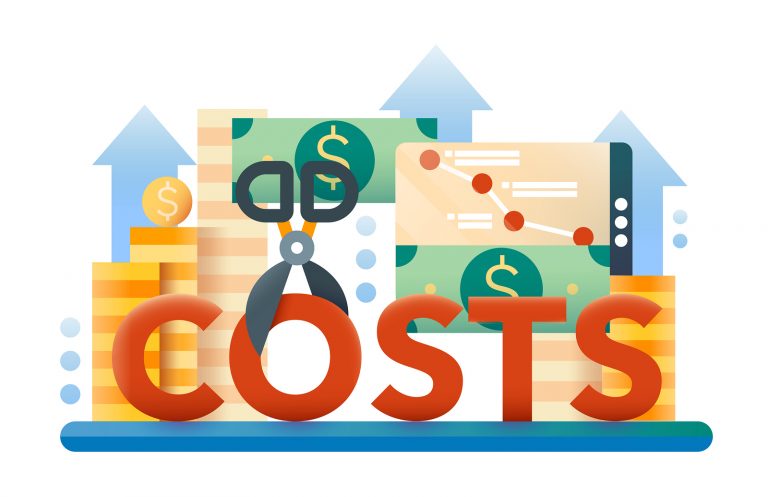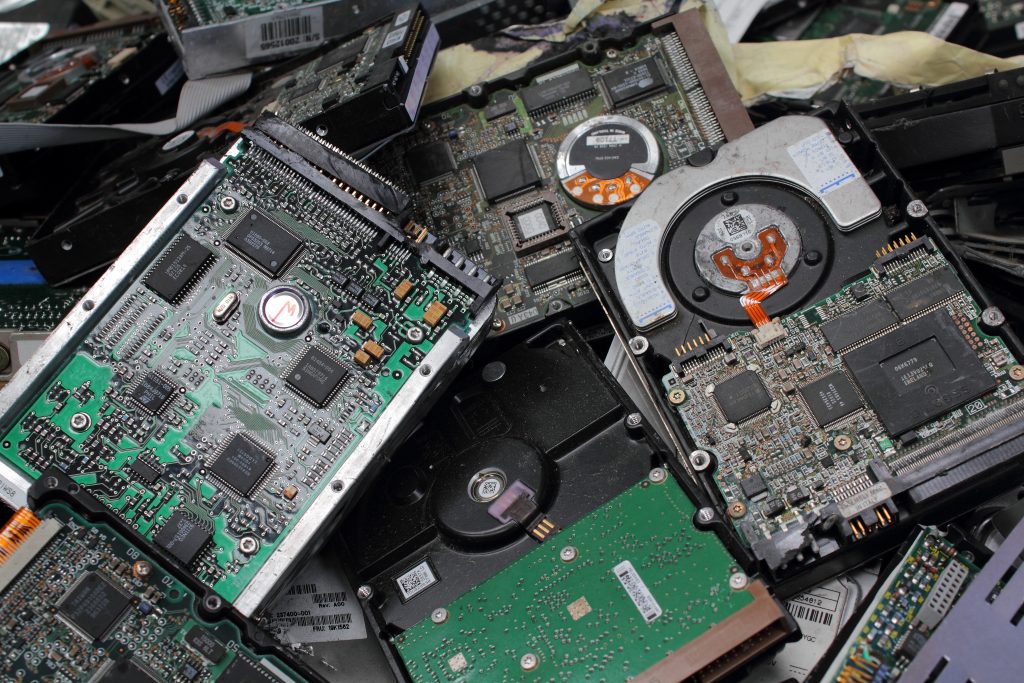
Small businesses often have tight budgets. Carefully planning your costs to make choices that will offer the highest returns means you get more for what you invest. Making the right investment regarding information technology is critical in this digital age where the right technology can revolutionize your business. However, technology upgrades and support can be expensive, and the services that a small business needs may exceed their budget. Here we look at how small businesses can reduce their IT costs while still getting outstanding services, technology and results.
Increase Your Technology
Better technology helps you stay on top of your business operations while reducing the time burden on staff. As they say, time is money, so the less time you spend on processes that can be automated, the more you save. Technology can also help you to reduce the need to hire more people to fill the roles that technology and automation can accomplish. Talking with an IT consultant about improving and optimizing your technology approach can help to streamline your operations and save your business money.
Reduce Payroll Burden
Reducing your payroll burden is a significant way to minimize business costs. Many small businesses don’t need a dedicated IT professional full time, or even part time, so having an IT professional on your payroll could be costing your business. Reducing your costs in this case can mean working with a consultant when you need to address IT issues, rather than keeping an employee on payroll.
Outsource Services
Outsourcing IT services offers a way to get the focused assistance you need without high ongoing costs. Outsourcing to an IT professional means you get targeted help for your unique issues from an IT professional who spends every day helping businesses solve their technology issues. IT professionals provide fast solutions to your IT problems when you need them. Because you only pay for what you need, outsourcing IT services means you can reduce ongoing costs.
Look At Open Source Software
One way to cut back on IT costs is to re-evaluate your need for business software, and opt for open source choices where possible. Some software requires ongoing costs to maintain, and if you are not really using it, you may not be getting your money’s worth. An IT consultant can audit your processes and software to look at what you really need, and find cheaper alternatives if possible.
Stay Up To Date
Falling behind on updates and the latest innovations in technology can really cost your business. Out of date software can contain bugs and cause your systems to run slower than they should. Even worse, out of date digital security software might not keep you safe against cyber attacks, making your business liable for any leaks of personal information. Working with a professional IT consultant for small businesses can help you find the right approach and level of security for your needs, to ensure you and your customer’s information is never at risk.
While juggling all the important aspects of a small business can be difficult, effectively managing your small business IT needs doesn’t have to be. Talk to a specialized small business IT consultant for up-to-date and innovative solutions to help your business save on IT costs.
The post How Your Small Business Can Reduce IT Costs appeared first on Grundig IT.


 One of the best parts of modern digital communication? The rise of the home office and the ability for thousands of employees to hold their vacation days and get work done even when they don’t or can’t make it into the office. But, a properly developed and supported home office is more than a couch and a laptop, and if you want to get the most out of your employees when they’re working remotely you’ll want to set a few basic home office policies and also contribute some IT support to help promote proper productivity.
One of the best parts of modern digital communication? The rise of the home office and the ability for thousands of employees to hold their vacation days and get work done even when they don’t or can’t make it into the office. But, a properly developed and supported home office is more than a couch and a laptop, and if you want to get the most out of your employees when they’re working remotely you’ll want to set a few basic home office policies and also contribute some IT support to help promote proper productivity. Experts have been debating the benefits of virtual office setups compared to traditional offices for some time, and while conclusions are still far off there have been some interesting case studies and more than a few impressions made. So let’s take a quick look at the main differences between the virtual office and the traditional office setup.
Experts have been debating the benefits of virtual office setups compared to traditional offices for some time, and while conclusions are still far off there have been some interesting case studies and more than a few impressions made. So let’s take a quick look at the main differences between the virtual office and the traditional office setup. Bring your own device (BYOD) offices are growing increasingly common, and even offices with no formal “Bring Your Own Device” policy, or policies specifically AGAINST using personal devices for work often find employees spreading out data to their personal cell phones, laptops, and home computers. So, what are the most notable advantages for BYOD companies and what are the most important disadvantages to watch out for?
Bring your own device (BYOD) offices are growing increasingly common, and even offices with no formal “Bring Your Own Device” policy, or policies specifically AGAINST using personal devices for work often find employees spreading out data to their personal cell phones, laptops, and home computers. So, what are the most notable advantages for BYOD companies and what are the most important disadvantages to watch out for? Even the best technology on the shelf today has an expiration date. Sooner or later, those once great PCs your company invested in end up outmoded, broken down, and in need of replacement. But getting rid of technology carries its own risks, so make sure that you protect your data (and the environment!) by following these steps:
Even the best technology on the shelf today has an expiration date. Sooner or later, those once great PCs your company invested in end up outmoded, broken down, and in need of replacement. But getting rid of technology carries its own risks, so make sure that you protect your data (and the environment!) by following these steps: